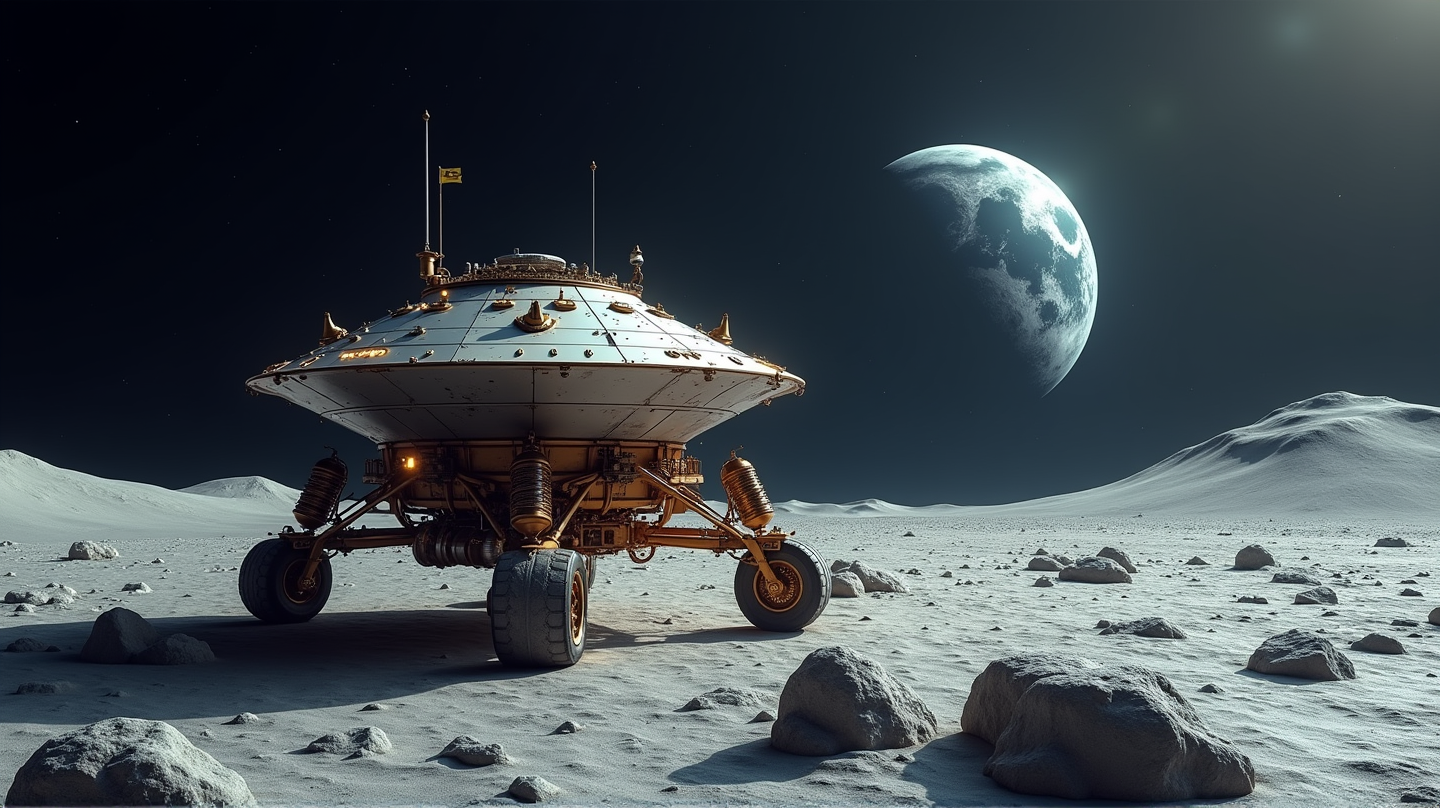Exciting Twists and Turns: Lunary Lander Mission Now Eyeing 2027!
Ispace's lunar lander mission faces a launch delay due to an engine switch. Meet the innovative VoidRunner, set to make history in 2027!

In the ever-evolving world of space exploration, change is often the only constant. In a recent development that’s causing waves in the industry, ispace U.S. has announced a change in engines for its much-awaited lunar lander, pushing the launch timeline to 2027. Amidst such astronomical ambitions, let’s dive deeper into this engaging narrative.
A New Dawn with VoidRunner
The spotlight is on the VoidRunner engine, a joint innovation between ispace U.S. and Agile Space Industries. It’s not merely a technological shift; it represents a promise of transformation. According to SpaceNews, the VoidRunner is set to simplify the vehicle-level architecture with a system requiring only a quarter of its predecessor’s parts. This simplification is anticipated to bring long-term efficiency gains, proving to be a game-changer in how lunar missions are approached.
Challenges and Collaborations
The switch from Agile’s A2200 engine, due to procurement schedule dilemmas, highlights the challenges faced in space missions. However, this change is also a testament to the collaborative spirit of innovation. Agile’s CEO, Chris Pearson, and ispace U.S.’s Elizabeth Kryst, both express confidence in the VoidRunner’s capabilities, underlining a renewed partnership geared towards mission success.
The Mission 3 Plan
Slated for 2027, Mission 3, under NASA’s CLPS program, is a fascinating venture. Its destination? The intriguing Schrödinger Basin on the moon’s far side. Here, cutting-edge instruments, including seismometers and heat flow devices, will unravel lunar mysteries. This mission represents the intricacy and excitement of lunar exploration like never before.
Supporting Satellites to Light the Path
Additionally, Mission 3 features two remarkable satellites, Alpine and Lupine, ensuring seamless communication as the lander navigates the moon’s hidden face. Developed using Blue Canyon Technologies’ buses, these satellites herald new opportunities even beyond the mission’s scope.
The Broader Vision
While this delay may seem like a setback, it’s a reminder of the broader vision ispace holds. Beyond Mission 3, the company continues to seek new avenues through partnerships, notably with Redwire, expanding its horizon in the competitive CLPS landscape.
The lunar lander mission’s journey from engine change to its exciting prospects more than makes up for the wait with innovation and collaboration at its core. It stands as a reflection of human resolve to continue exploring the uncharted, making 2027 a year of hopeful anticipation.

